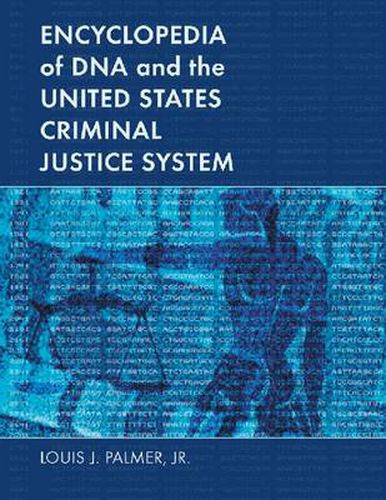Readings Newsletter
Become a Readings Member to make your shopping experience even easier.
Sign in or sign up for free!
You’re not far away from qualifying for FREE standard shipping within Australia
You’ve qualified for FREE standard shipping within Australia
The cart is loading…






Forensic DNA analysis was first introduced to the American criminal justice system in the mid-1980s. In spite of its relatively brief existence in American jurisprudence, DNA testing has become the leading forensic tool for obtaining sexual assault criminal convictions, and the single most powerful evidence for establishing the innocence of criminal suspects and wrongfully convicted defendants.
The development of DNA
fingerprinting
and the role it has played in the American criminal justice system is covered in this encyclopedia. Numerous entries explain the relationship of forensic DNA analysis with microbiology, population genetics, statistics, and the legal rules of the admissibility of scientific evidence. The encyclopedia also presents the full text, preceded by summaries, of all state and federal government statutes that address the forensic use of DNA analysis, and the edited text of judicial case opinions that address specific forensic DNA issues. Also included are entries on many of the organisations that use DNA fingerprinting to free wrongly convicted defendants and many of the individuals who were released from prison (many of whom were on death row) after DNA testing proved their innocence.
$9.00 standard shipping within Australia
FREE standard shipping within Australia for orders over $100.00
Express & International shipping calculated at checkout
Forensic DNA analysis was first introduced to the American criminal justice system in the mid-1980s. In spite of its relatively brief existence in American jurisprudence, DNA testing has become the leading forensic tool for obtaining sexual assault criminal convictions, and the single most powerful evidence for establishing the innocence of criminal suspects and wrongfully convicted defendants.
The development of DNA
fingerprinting
and the role it has played in the American criminal justice system is covered in this encyclopedia. Numerous entries explain the relationship of forensic DNA analysis with microbiology, population genetics, statistics, and the legal rules of the admissibility of scientific evidence. The encyclopedia also presents the full text, preceded by summaries, of all state and federal government statutes that address the forensic use of DNA analysis, and the edited text of judicial case opinions that address specific forensic DNA issues. Also included are entries on many of the organisations that use DNA fingerprinting to free wrongly convicted defendants and many of the individuals who were released from prison (many of whom were on death row) after DNA testing proved their innocence.